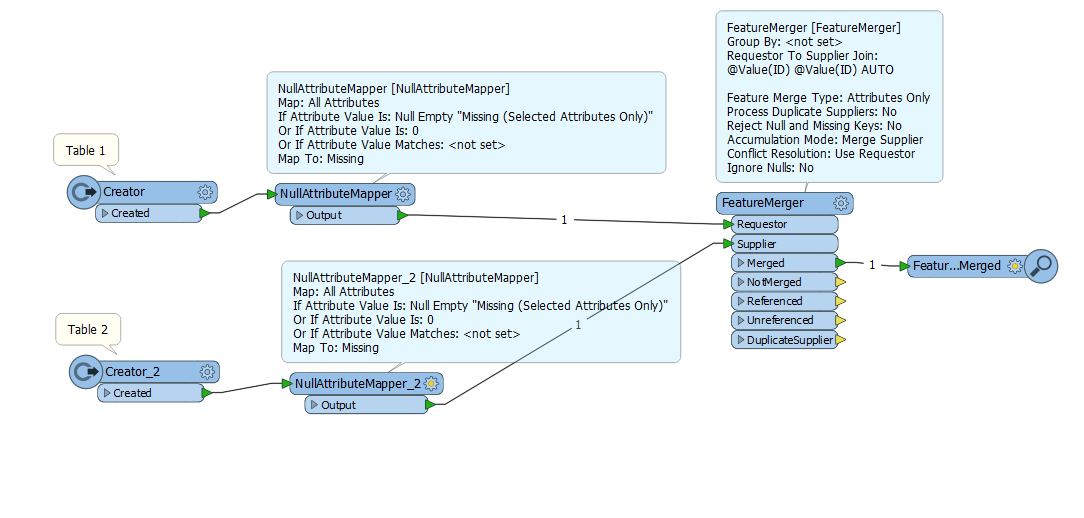Hi,
I have two tables in file geodatabase and both are the same structure.
Both tables are having around 140 columns and 4000 rows.
In table 1 there are many fields are "null" and "0" and remaining fields are filled with some values.
In table 2 filled with some values and also few fields with "null" and "0" values
In both table is having "ID" common unique value field available.
Condition is.
I need to update Table 1 based on below scenarios
1. If fields values available in both then no need update
2.If table 1 is having "null" and "0" values then update new values if available in table 2.
3.if table 1 is having some value and if table 2 is having "null" and "0" then no need to update
Thanks in Advance
Venu














